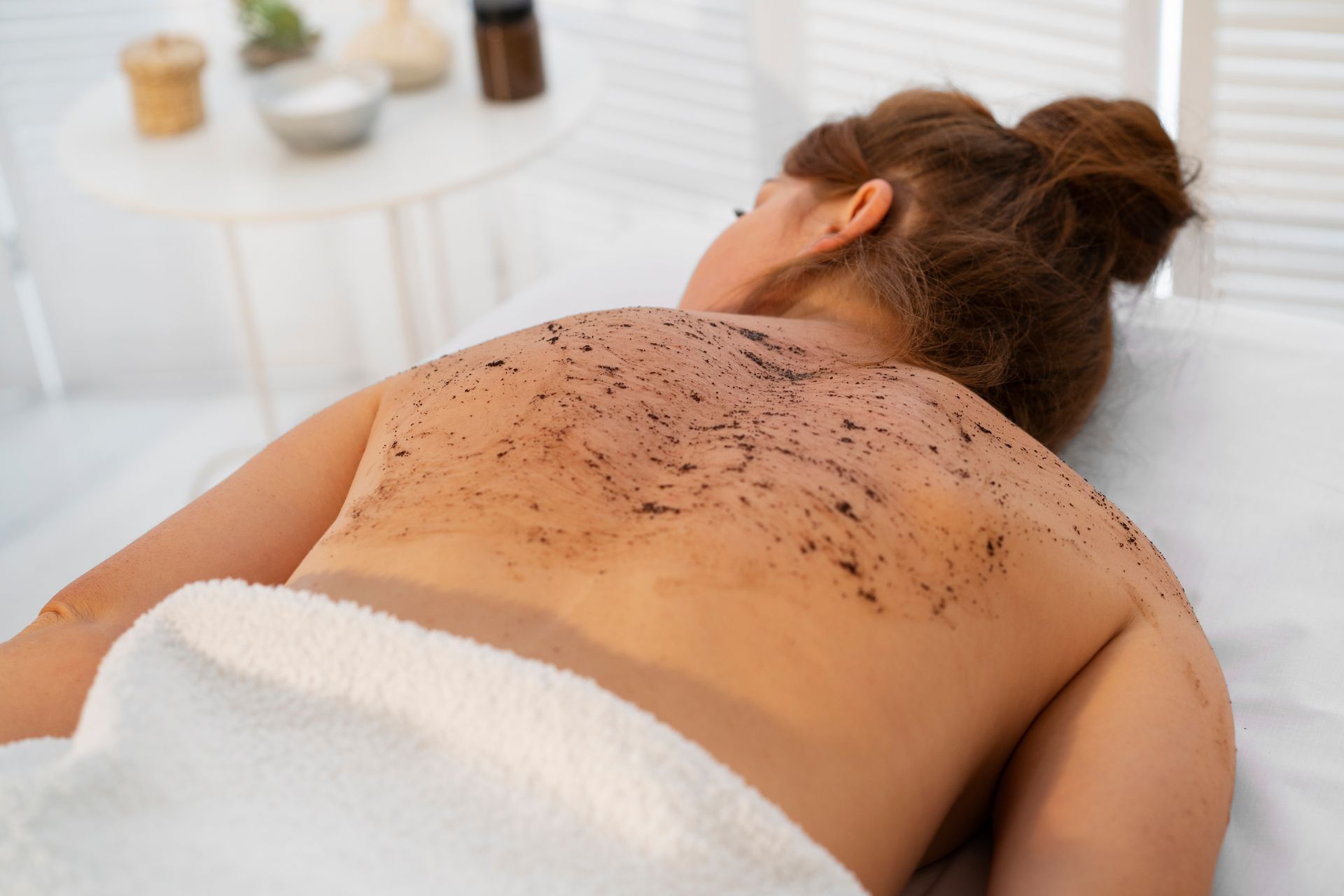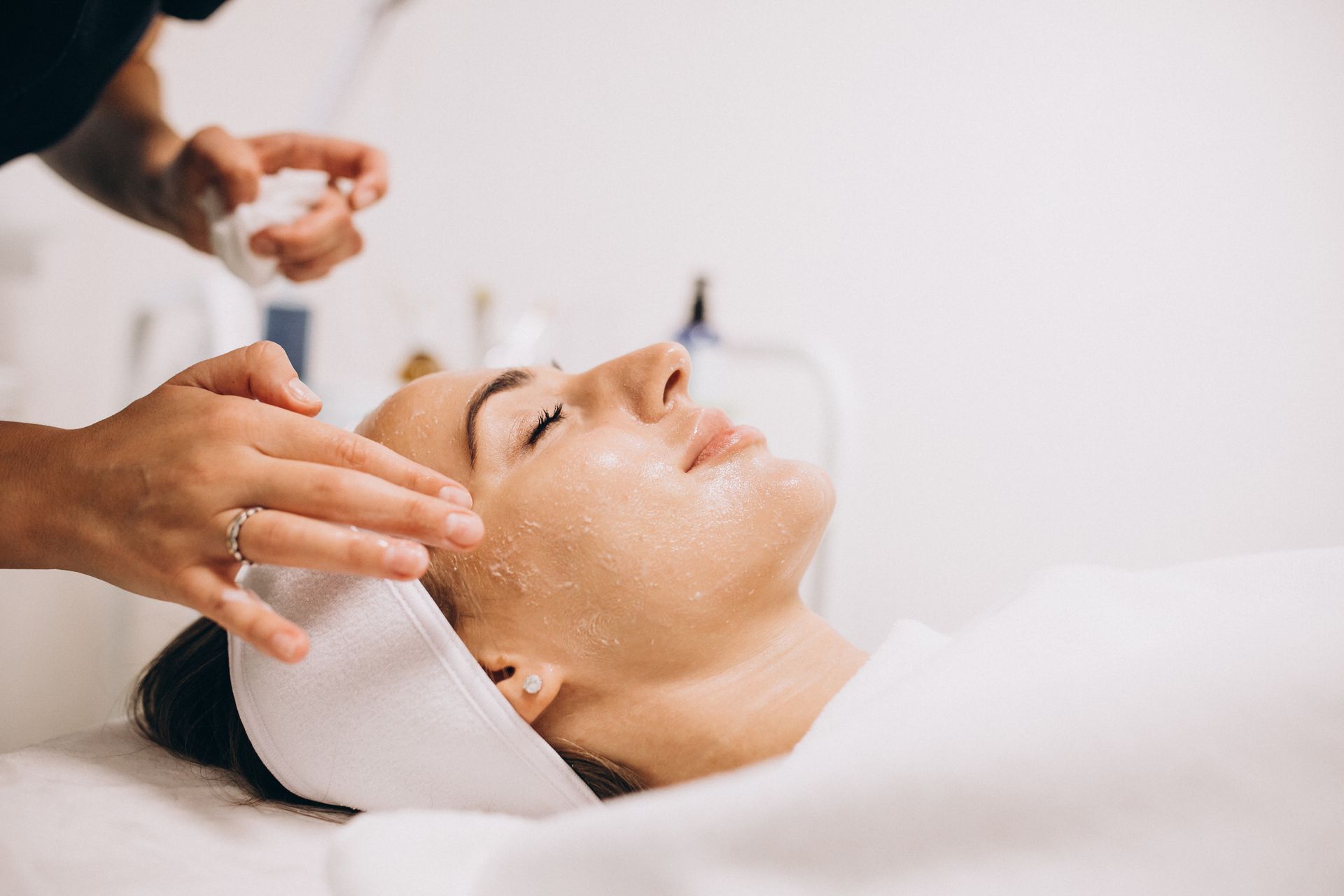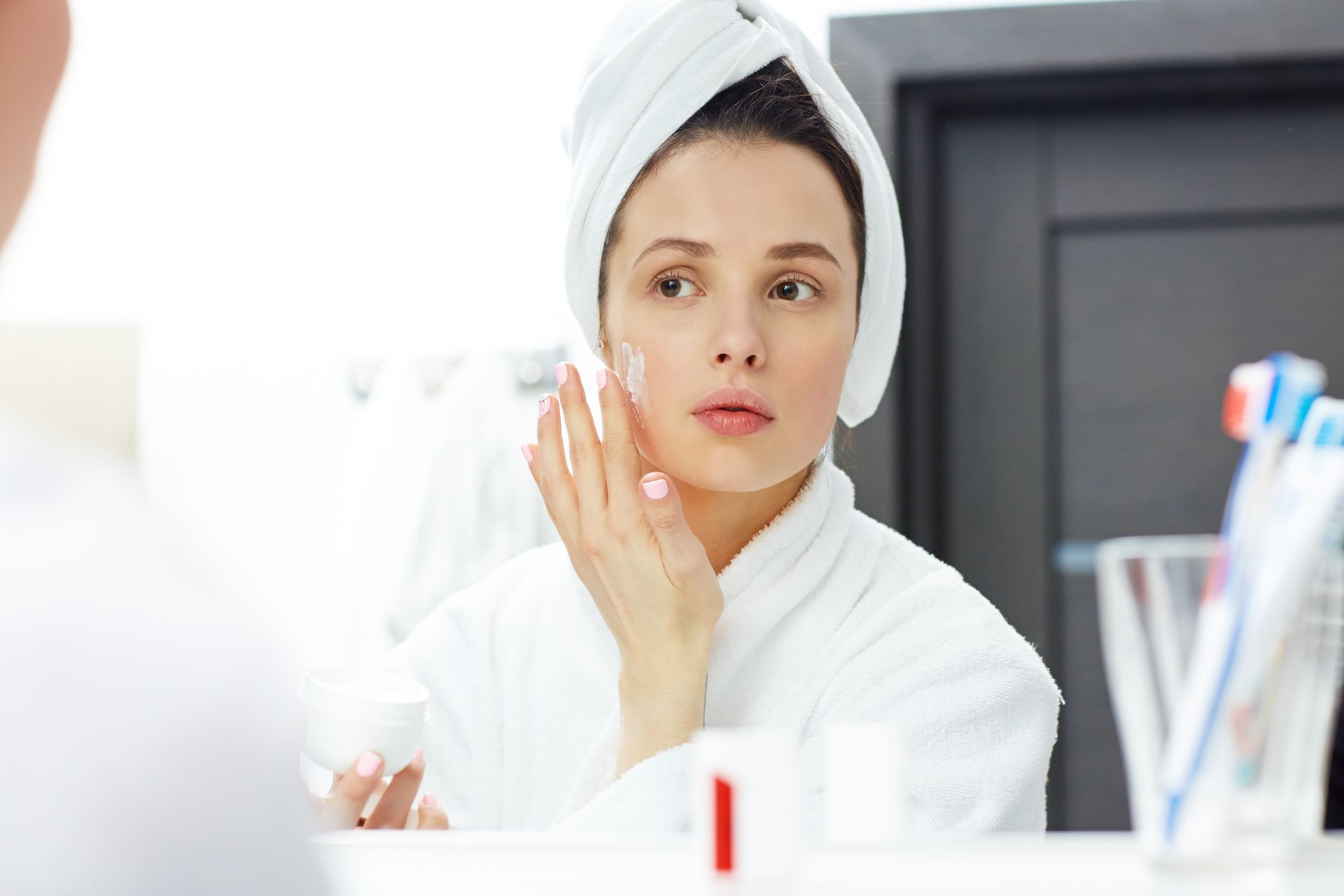Is Facial Laser Hair Removal Safe and Effective?
Facial laser hair removal stands as a popular cosmetic procedure aimed at reducing or eliminating unwanted hair on various facial areas, including the upper lip, chin, cheeks, and eyebrows. This non-invasive technique utilizes concentrated beams of light to target hair follicles, inhibiting their ability to regrow hair over time. While renowned for its efficacy in achieving long-term hair reduction, the safety and effectiveness of facial laser hair removal remain pivotal considerations for individuals exploring this treatment.
In this comprehensive guide, we delve into the intricacies of
facial laser hair removal, addressing the fundamental aspects of its safety and effectiveness. We aim to provide valuable insights into the procedures, potential risks, expected outcomes, and considerations to help individuals make informed decisions regarding this cosmetic treatment. Understanding the safety measures,
possible side effects, and the treatment's overall effectiveness is crucial in navigating the process and determining its suitability for individual needs.
This guide seeks to equip you with comprehensive knowledge, enabling you to weigh the benefits against potential risks, ultimately empowering you to make informed choices regarding facial laser hair removal.
The Basics of Laser Hair Removal on the Face
Facial laser hair removal involves a precise and controlled application of concentrated light beams onto targeted facial areas. The primary objective is to selectively target the melanin pigment in hair follicles, which absorbs the light energy, subsequently damaging the follicle's ability to produce new hair. This process inhibits or delays hair regrowth, leading to reduced hair density over repeated sessions.
The procedure typically begins with cleansing the treatment area and wearing protective eyewear. A handheld device emitting laser energy is then passed over the designated facial regions. The laser emits pulses of light, targeting individual hair follicles without affecting the surrounding skin. The sensation during the procedure is often described as a mild stinging or snapping feeling, varying based on individual pain tolerance and the treated area's sensitivity.
Targeted Areas and Techniques
Facial laser hair removal is versatile and can effectively target various facial regions. Common treatment areas include the upper lip, chin, cheeks, jawline, and eyebrows. Each area may require specific techniques and settings due to variations in hair thickness, density, and skin sensitivity.
The procedure's precision allows for customization according to individual needs and desired outcomes.
Advanced laser technologies offer various settings that account for skin tone, hair color, and follicle depth, ensuring tailored treatments for optimal results while minimizing risks of adverse effects.
Understanding the intricacies of the process and the versatility in targeting different facial areas through specialized techniques is crucial for individuals considering facial laser hair removal. It allows for informed discussions with professionals and better expectations regarding the treatment's effectiveness on specific areas.
Safety Aspects of Facial Laser Hair Removal
Facial laser hair removal's safety is significantly influenced by
skin type variations. Individuals with lighter skin tones and darker hair generally respond well to the treatment, as the contrast between the hair and skin allows for better targeting of the hair follicles. However, individuals with
darker skin tones are at a higher risk of experiencing adverse effects like hyperpigmentation or
burns due to increased melanin in the skin.
Prior to treatment, professionals assess the individual's skin type and hair color to determine the most suitable laser settings and potential risks associated with the procedure. Selective laser technologies are often recommended for darker skin tones due to their reduced risk of pigmentation changes.
Risks and Possible Side Effects
While facial laser hair removal is considered safe when performed by trained professionals, there are potential risks and side effects to consider. Temporary side effects may include redness, swelling, or minor irritation immediately after the procedure, typically subsiding within a few hours to days.
Less common but possible side effects include blistering, changes in pigmentation (hyperpigmentation or hypopigmentation), or scarring, especially if the procedure is performed incorrectly or on unsuitable candidates. However, such occurrences are rare and can often be minimized by adhering to recommended treatment protocols and avoiding sun exposure before and after sessions.
It is essential to understand the potential risks and side effects, especially in relation to individual skin types and specific conditions.
Consultation with a qualified professional ensures a thorough assessment of potential risks and the development of a personalized treatment plan that minimizes adverse effects while maximizing results.
Effectiveness of Facial Laser Hair Removal
Facial laser hair removal is known for its efficacy in reducing unwanted hair over time. Typically, individuals undergoing this treatment can expect a significant reduction in hair growth, leading to smoother skin with fewer visible hairs. However, the exact outcomes vary among individuals based on several factors, including hair color, skin tone, hormonal influences, and the treated area.
After a series of
recommended sessions, which typically range from 6 to 8 sessions spaced several weeks apart, a considerable reduction in hair density and thickness is often observed. While results can vary, many individuals experience long-term hair reduction, with some achieving a near-permanent reduction in hair growth.
Factors Affecting Effectiveness
Several factors play a pivotal role in determining the effectiveness of facial laser hair removal:
Hair Color and Texture: The treatment's efficacy is notably higher for those with deeper and thicker hair strands, as the laser concentrates on the pigment within the follicles. Conversely, treating lighter or finer hair types might pose more challenges in achieving desired outcomes.
Complexion and Sensitivity: The
treatment's effectiveness and safety hinge on skin complexion. Individuals with lighter skin tones typically exhibit more favorable responses due to the stark contrast between hair and skin. Meanwhile, darker skin tones necessitate specialized settings to mitigate potential pigmentation concerns.
Hormonal Influence:
Conditions such as hormonal imbalances or disorders like polycystic ovary syndrome (PCOS) can disrupt
hair growth patterns, impacting the treatment's effectiveness. Hormonal factors often influence the response to the treatment, affecting the expected outcomes.
It is important for individuals to be aware of these factors in order to set realistic expectations about the treatment's outcomes and effectiveness. Consulting with a qualified professional helps in assessing suitability and expected results based on individual factors.
Comparing Safety and Effectiveness
When considering facial laser hair removal, weighing the safety and effectiveness aspects is crucial for informed decision-making.
Pros:
Facial laser hair removal presents
numerous advantages. It offers a lasting solution for hair reduction, gradually leading to smoother and hair-free skin. This method, known for its non-invasiveness, typically ensures a safe procedure when administered by proficient professionals, ensuring minimal discomfort for most individuals. Beyond the aesthetic benefits, this treatment significantly diminishes reliance on recurrent,
temporary hair removal practices like waxing or shaving, delivering a newfound convenience and freedom from routine upkeep.
Cons:
While generally safe, facial laser hair removal isn't without potential drawbacks. Temporary side effects, like redness or mild irritation, might occur post-treatment, typically subsiding within a short period. In rare instances, individuals may experience pigment changes or, exceptionally, scarring. Additionally, the treatment's effectiveness can vary, influenced by individual factors such as hair color, skin tone, and hormonal fluctuations, necessitating careful consideration and consultation with professionals before opting for the procedure.
Potential Alternatives and Considerations
Exploring alternative hair removal methods or treatments is essential for those hesitant about facial laser hair removal. Alternatives like electrolysis, waxing, or depilatory creams offer temporary solutions but may not provide long-term hair reduction like laser treatments. Each method has its own set of pros and cons, and considering personal preferences, pain tolerance, and desired outcomes is crucial in making an informed choice.
Individuals should consult with experienced professionals to discuss the most suitable options based on their specific needs, skin characteristics, and expectations. This enables an informed decision-making process, considering both safety and effectiveness in selecting the most suitable hair removal method.
Professional Recommendations and Consultation
Seeking professional evaluation and guidance before undergoing facial laser hair removal is crucial for a safe and successful experience. Qualified practitioners assess various factors, including skin type, hair color, medical history, and potential contraindications, to determine the suitability of the treatment for individuals. This evaluation helps in tailoring the treatment plan to minimize risks and optimize outcomes.
Precautions and Tips for a Safe Experience
- Ensure the practitioner performing the procedure is experienced, certified, and operates in a reputable clinic or facility.
- Discuss the expected outcomes, number of sessions, potential side effects, and post-treatment care instructions with the practitioner.
- Protect the treated area from sun exposure before and after sessions to minimize the risk of pigmentation changes or burns.
- Adhere to any pre-treatment instructions provided by the practitioner, such as avoiding certain skincare products or medications.
In order to achieve optimum results and reduce the likelihood of adverse effects, it is essential to follow these precautions as well as seek guidance from qualified professionals before undergoing facial laser hair removal.
Conclusion
The decision to opt for facial laser hair removal involves weighing safety considerations and understanding effectiveness. By considering the treatment's safety profile, potential outcomes, and alternatives alongside seeking professional advice, individuals can make informed choices. Understanding the treatment's safety parameters and potential effectiveness aids in informed decision-making, ensuring a safer and more satisfactory facial laser hair removal experience.
BOOK YOUR FREE SESSION










